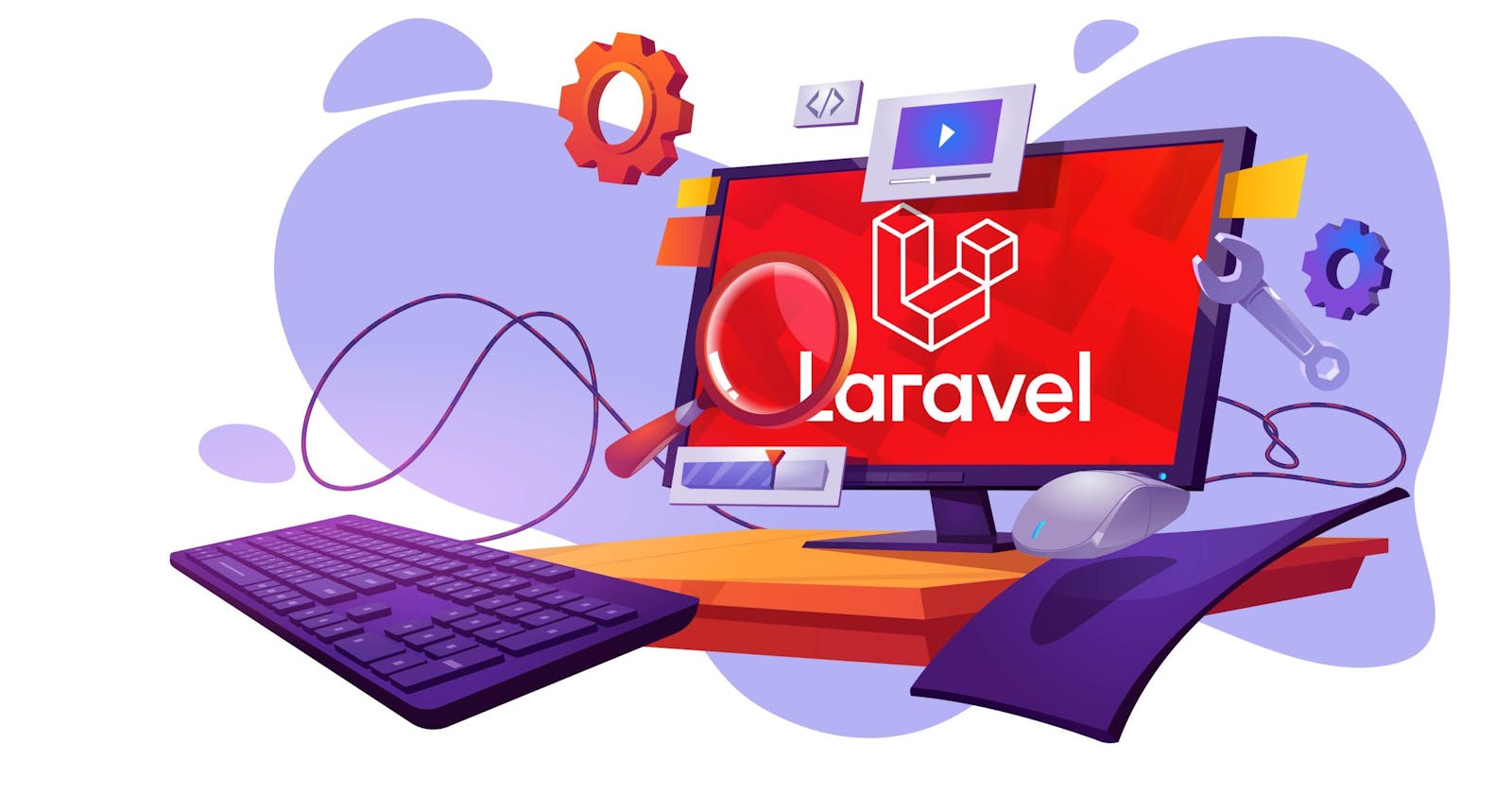Working with Eloquent ORM: Understanding Laravel's powerful Object-Relational Mapping (ORM) tool, Eloquent, and using it for database querying
Introduction
In our last episode will implement our CRUD system. Today we will discuss the Eloquent ORM. Efficient database management is a vital aspect of web development, and Laravel, a popular PHP framework, offers developers a robust solution through its powerful Object-Relational Mapping (ORM) tool called Eloquent. Eloquent streamlines database interactions by providing an expressive syntax for querying and manipulating data. In this blog post, we will explore the key features of Eloquent ORM and demonstrate how to leverage its capabilities for efficient database querying and relationship management in Laravel.
Understanding Eloquent ORM
Eloquent ORM in Laravel follows the active record pattern, mapping database tables to classes and rows to objects. It offers a feature-rich and intuitive toolkit that allows developers to work with databases seamlessly. By embracing convention over configuration, Eloquent minimizes boilerplate code and empowers developers to focus on their application's logic rather than database complexities.
Key Features of Eloquent ORM
- Object-Relational Mapping: Eloquent enables developers to define models that represent database tables. These models encapsulate the logic for data retrieval, updates, and deletions. By leveraging Eloquent, developers can work with data as objects, abstracting the underlying SQL operations.
Example:
class User extends Illuminate\Database\Eloquent\Model {
// ...
}
- Database Querying: Eloquent provides an elegant syntax for querying databases, making it effortless to construct complex queries. Developers can use methods like
where,orderBy,groupBy, and more to build queries dynamically.
Example:
$users = User::where('status', 'active')->get();
Eloquent also supports advanced features like eager loading, minimizing the number of queries executed when working with relationships.
- Relationships: Eloquent simplifies working with relationships between database tables. It supports one-to-one, one-to-many, and many-to-many relationships, allowing developers to easily define, retrieve, and manipulate related data. With methods like
hasOne,hasMany,belongsTo, andbelongsToMany, managing relationships becomes intuitive and efficient.
Example:
class User extends Illuminate\Database\Eloquent\Model {
public function posts()
{
return $this->hasMany(Post::class);
}
}
$user = User::with('posts')->find(1);
- Model Observers and Events: Eloquent provides model observers and events that allow developers to hook into the model's lifecycle and perform additional actions. Observers listen to specific events and execute custom logic accordingly. By defining custom logic for specific events like creation, update, or deletion, developers can implement business rules, auditing, and trigger actions accordingly.
Example:
class UserObserver
{
public function created(User $user)
{
// Custom logic after user creation
}
}
User::observe(UserObserver::class);
- Mutators and Accessors: Eloquent offers mutators and accessors for model attributes. Mutators allow developers to modify attribute values before storing them in the database, while accessors provide formatted or transformed values when retrieving them. This feature enhances data manipulation flexibility and control.
Example:
class User extends Illuminate\Database\Eloquent\Model {
public function setNameAttribute($value)
{
$this->attributes['name'] = ucfirst($value);
}
}
$user = new User;
$user->name = 'john doe';
echo $user->name; // Outputs 'John Doe'
Utilizing Eloquent ORM in Laravel
To leverage the power of Eloquent ORM, begin by defining a model that extends the Illuminate\Database\Eloquent\Model class. This model represents a database table and should be named singularly, adhering to the CamelCase naming convention. Once the model is defined, developers can utilize its methods to query the database, define relationships, and perform various data operations.
Full example to demonstrate the potential of Eloquent ORM:
// Define a User model
class User extends Illuminate\Database\Eloquent\Model {
// ...
}
// Retrieve all users with active status
$users = User::where('status', 'active')->get();
// Retrieve a user and their related posts
$user = User::with('posts')->find(1);
// Create a new user
$newUser = new User;
$newUser->name = 'John Doe';
$newUser->email = 'john.doe@example.com';
$newUser->save();
// Update an existing user
$user = User::find(1);
$user->name = 'Jane Smith';
$user->save();
// Delete a user
$user = User::find(1);
$user->delete();
Conclusion
Eloquent ORM is a powerful tool that simplifies database interactions in Laravel. With its expressive syntax, advanced querying capabilities, and relationship management features, developers can build efficient and robust applications. By mastering Eloquent ORM, developers can focus on their application's logic while seamlessly working with databases.
That's it for this episode! In our next installment, we'll be discussing "Authentication and Authorization: Implementing user authentication and authorization using Laravel's built-in authentication system and roles/permissions."
Remember, Laravel's documentation and vibrant community are valuable resources for further exploration.
Note: This blog post provides an overview of the core concepts of Laravel. Each concept deserves more in-depth exploration, and it's recommended to refer to the official Laravel documentation for comprehensive understanding.
If you found this series helpful and want to support our series, there are a few things you can do:
Share the knowledge: Spread the word about this tutorial series to your friends, colleagues, or anyone who might be interested in learning Laravel. The more people we can reach, the more we can help aspiring developers.
Engage with us: Leave comments on our blog posts or YouTube videos, asking questions or providing feedback. Your engagement helps us understand your needs better and deliver content that addresses your concerns.
Donate: If you find value in our tutorials and would like to contribute financially, you can consider making a donation. Your support allows me to continue producing quality content and improving the learning experience for our audience.
Subscribe and follow: Subscribe to our blog or YouTube channel I plan on also doing video content soon. Also follow me on social media to stay updated with the latest episodes, tutorials, and announcements. By staying connected, you'll never miss an opportunity to enhance your Laravel skills.
Thank you for being a part of my Laravel series. Your support and engagement mean the world to me. Together, let's make the journey of learning Laravel an exciting and fulfilling experience. See you in our next episode.
Happy coding!
